Significance
Mt. Bagua’s Great Buddha is a popular tourist destination, as well as a historic monument for the residents of Changhua County. The statue is a religious center in the local area and has a wealth of historical and cultural significance. When the Great Buddha was constructed, it was the largest statue of the Buddha in Southeast Asia and was listed as one of the eight major attractions of Taiwan. Although the use of reinforced concrete to build Buddha statues was not unprecedented in Taiwan after the Second World War, none of this magnitude had been made; the artistry of its creators was also exceptional. Changhua residents refer to the shadow created by the statue during the day as biyin (a term meaning both to give shade and to provide protection), revealing the significance of the statue to the community.
History
Mt. Bagua earned its name because of its shape, which resembles the bagua (eight trigram) pattern used in the I Ching, an ancient Chinese classic. The Great Buddha was built on the location of the historic Zhenfan Pavilion, which was destroyed during the Chen Zhou-Quan Incident (an anti-Qing rebellion) of 1795. It was rumored that when Japan invaded Taiwan in 1895, Prince Kitashirakawa Yoshihisa was killed in action at this location by Taiwanese guerrillas. One of the monuments that Japanese built to commemorate Prince Kitashirakawa Yoshihisa was erected here. In 1954, Xi Song, the head of local Buddhist organization Shanhua Hall, and others initiated a plan to build a Great Buddha. The project, designed and coordinated by Lin Qing-Yao (respectfully called “Master A-Yao”), was completed in 1961. The reinforced concrete Great Buddha statue became a landmark in Changhua and was the largest Buddha statue in Southeast Asia. It was also listed as one of the eight major attractions of Taiwan. In 1963, two stone lions were built in front of the hall and a pair of lotus lamps was added. In 1972, construction of the Great Buddha Temple inside the statue began. In 2002, the Great Buddha was registered as a historic statue.
Special Features
1The Great Buddha of Mt. Bagua Similar to the Great Buddha of Japan’s Kamakura City, Mt. Bagua’s Great Buddha is seated cross-legged above a lotus-shaped base that measures four meters in height. The Buddha is approximately twenty-three meters in height and the base is roughly 694 square meters in area. The statue, made of reinforced concrete, was designed and its construction coordinated by master Lin Qing-Yao. Entrances are located on both the left and right sides of the lotus-shaped base which allow visitors to visit the interior of the statue and pay their respects to the Buddha (all visits are free). The first floor within the statue is the Buddha Hall. Sets of stairs run up the two sides of the hall, and visitors may take the stairs up to an area where they can learn about the history of Buddha. The inside of the statue is divided into six floors. The Buddha Hall, in which visitors pray to Shakyamuni Buddha, is on the first floor. The second to sixth floors explain the progress of Buddha’s enlightenment and contain many exhibitions. Outside, a pair of stone lions and the intricately decorated Nine Dragon Pool (jiǔlóngchí) grace the grounds in front of the Great Buddha. Visitors can see a beautiful view of Changhua City from this vantage point.
Similar to the Great Buddha of Japan’s Kamakura City, Mt. Bagua’s Great Buddha is seated cross-legged above a lotus-shaped base that measures four meters in height. The Buddha is approximately twenty-three meters in height and the base is roughly 694 square meters in area. The statue, made of reinforced concrete, was designed and its construction coordinated by master Lin Qing-Yao. Entrances are located on both the left and right sides of the lotus-shaped base which allow visitors to visit the interior of the statue and pay their respects to the Buddha (all visits are free). The first floor within the statue is the Buddha Hall. Sets of stairs run up the two sides of the hall, and visitors may take the stairs up to an area where they can learn about the history of Buddha. The inside of the statue is divided into six floors. The Buddha Hall, in which visitors pray to Shakyamuni Buddha, is on the first floor. The second to sixth floors explain the progress of Buddha’s enlightenment and contain many exhibitions. Outside, a pair of stone lions and the intricately decorated Nine Dragon Pool (jiǔlóngchí) grace the grounds in front of the Great Buddha. Visitors can see a beautiful view of Changhua City from this vantage point.
2The Stone LionsIn front of the Great Buddha is a pair of stone lions made of washed granolithic concrete. The stone lions were donated by a private company in 1963. Together with the Great Buddha, the stone lions were registered as municipal historical structures by the Changhua County Government in 2002.
3The Thirty-Two Phenomena of the Universe along the Visiting PathIn front of the Great Buddha is a long trail referred to as the Visiting Path. On each side of the trail are sixteen statues of Guanyin (the Goddess of Mercy) made of limestone. At the entrance of the trail is a stone stele that reads “The Thirty-Two Statues of Guanyin along the Visiting Path of Mt. Bagua, Changhua.” The stele is born by a bixi (an auspicious beast in Chinese mythology and one of the nine sons of the Dragon King; he is depicted as a dragon with the shell of a turtle who has an innate love of carrying weights). The thirty-two statues include both solemn-looking deities as well as bizarre-looking demons and monsters. They represent the tens and thousands of forms that Guanyin reincarnated into when she received enlightenment, as described in the Buddhist classic The Universal Gateway of Guanshiyin (Guanyin) Bodhisattva.
4The Great Buddha Temple The Great Buddha Temple, built in 1972, is located behind the Great Buddha. The palace-like temple is twenty-five meters in height and contains four stories. On the two sides of the temple are Bagua towers and Chinese corridor-type wings. The deities Confucius, Lord Guan Di, and Shakyamuni Buddha are enshrined on the first, second, and third floors. Thus, the temple intermixes Confucianism, Taoism, and Buddhism.
The Great Buddha Temple, built in 1972, is located behind the Great Buddha. The palace-like temple is twenty-five meters in height and contains four stories. On the two sides of the temple are Bagua towers and Chinese corridor-type wings. The deities Confucius, Lord Guan Di, and Shakyamuni Buddha are enshrined on the first, second, and third floors. Thus, the temple intermixes Confucianism, Taoism, and Buddhism.
5Statue of Confucius from Qufu, Shandong Confucian temples in Taiwan generally use spirit tablets instead of statues for the worship of Confucius. Dacheng Hall, on the first floor of the Great Buddha Temple, however, has a statue of Confucius. The statue was obtained from the Temple of Confucius in Qufu (in Shandong) and is one of only three statues of Confucius to be found in the world. Confucius is known as the Great Sage and the First Teacher, and is a personification of the transmission of knowledge and wisdom.
Confucian temples in Taiwan generally use spirit tablets instead of statues for the worship of Confucius. Dacheng Hall, on the first floor of the Great Buddha Temple, however, has a statue of Confucius. The statue was obtained from the Temple of Confucius in Qufu (in Shandong) and is one of only three statues of Confucius to be found in the world. Confucius is known as the Great Sage and the First Teacher, and is a personification of the transmission of knowledge and wisdom.
6Gold-Faced Lord Guan Di and the Gigantic Green Dragon Crescent Blade
The statue of the Gold-faced Lord Guan Di is found on the second floor of the Great Buddha Temple. This statue, which together with the gigantic Green Dragon Crescent Blade was retrieved from the Luoyang Guanlin Temple of Henan province, is the only gold-faced version of Lord Guan Di. It is said that visitors who receive approval from Lord Guan Di through Poe divination may attempt to lift the blade, and that those who succeed will have their wishes come true.
Reminders
The inside of the Great Buddha is open from 8:00 a.m. to 5:00 p.m. (oil lamps are put out after 5:00 p.m.). Admission is free. It is recommended that visitors take in the Great Buddha in the morning to catch the most beautiful view of Changhua.
Panoramic
Directions